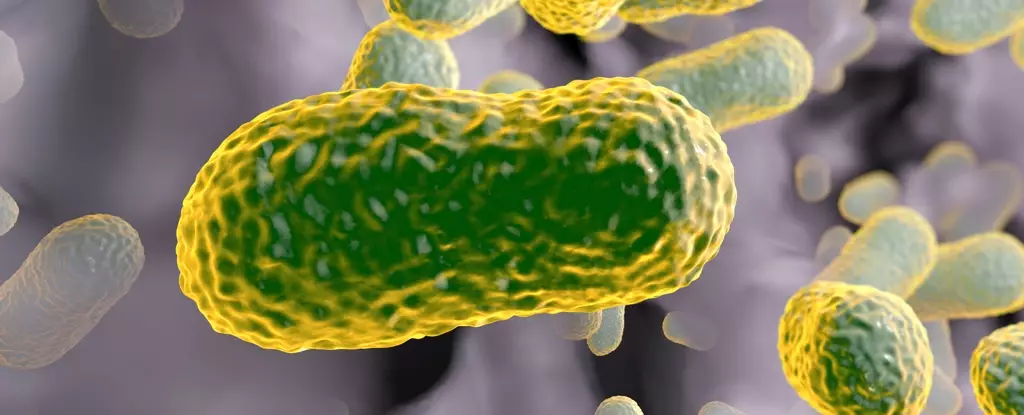Antibiotic resistance poses an escalating threat to global health, rendering many of our modern treatments ineffective against once-manageable infections. As scientists grapple with this challenge, an unexpected potential solution has resurfaced from the shadows of scientific history. This article explores the revival of nourseothricin—a compound forgotten since its discovery—highlighting its promising attributes in the fight against resistant bacterial strains.
The Challenge of Antibiotic Resistance
Antibiotic resistance has been described as one of the most significant biomedical challenges of our time. As pathogens evolve and clinical strains become increasingly impervious to available drugs, the quest for effective antibiotics is more pressing than ever. Gram-negative bacteria, which lack a sturdy cell wall and possess complex defense systems, have gained notoriety for their hardiness against conventional antibiotic treatments. A 2017 report from the World Health Organization cataloged numerous gram-negative organisms as critical threats, emphasizing the urgent need for innovative solutions to counteract these pathogens.
A Historical Perspective on Antibiotics
During the early to mid-20th century, a profound surge in antibiotic discovery defined a golden age for this field, yielding invaluable compounds that have saved countless lives. Among these is streptothricin, an antibiotic identified in the 1940s that displayed remarkable efficacy against gram-negative bacteria. Despite its promise, streptothricin was ultimately sidelined due to its toxic effects on human kidneys, rendering it unsuitable for therapeutic use. This neglect exemplifies how historical scientific data can raise eyebrows at present challenges; what was once deemed too hazardous might now offer insights into combating resistant bacteria.
Nourseothricin: A Revival of an Old Contender
The tide is turning thanks to researchers like James Kirby and his team at Harvard University, who are rekindling interest in streptothricin under its new designation, nourseothricin. This natural antibiotic compound, produced by certain soil-dwelling gram-positive bacteria, is regarded as a potent mixture featuring various isolates, particularly streptothricin F (S-F) and streptothricin D (S-D). The revelation that S-F exhibits low toxicity while retaining its bactericidal properties has instituted a renewed sense of hope for targeted antibiotic therapy.
Kirby and his colleagues have meticulously demonstrated that S-F can effectively eradicate drug-resistant strains of gram-negative bacteria in mouse models, opening the door for further biodevelopment focused on this compound. Their explorations bolster the idea that we can repurpose and refine existing antibiotics to meet the needs of modern medicine—a hopeful prospect amid a largely pessimistic landscape.
Understanding the mechanisms that allow nourseothricin to breach the formidable defenses of gram-negative bacteria is crucial in optimizing its usage. Evidence suggests that the antibiotic’s binding interaction with these bacteria disrupts their protein synthesis, a process essential for bacterial survival and proliferation. However, the precise molecular interactions remain elusive. Ongoing research aims to elucidate these pathways and enhance the efficacy of nourseothricin analogs, making them more potent against resistant pathogens.
The implications of successfully reviving and modifying nourseothricin extend beyond its immediate application against superbugs. This effort represents a broader movement within pharmaceutical research towards revisiting and repurposing older compounds that may have been discarded prematurely. As researchers delve into the depths of historical medicinal chemistry, the goal is to create a new class of antibiotics capable of overcoming the formidable barriers posed by multi-drug resistant bacteria.
The rediscovery of nourseothricin encapsulates the idea of “lost treasures” within the scientific community. By embracing the wisdom of the past, combined with cutting-edge research, we may very well forge a path out of the antibiotic resistance crisis. The journey of nourseothricin from obscurity back to the forefront of medical research is a testament to the resilience and versatility of natural compounds in confronting modern challenges; it embodies hope for a future where effective treatments against stubborn infections once again become a reality.


Leave a Reply